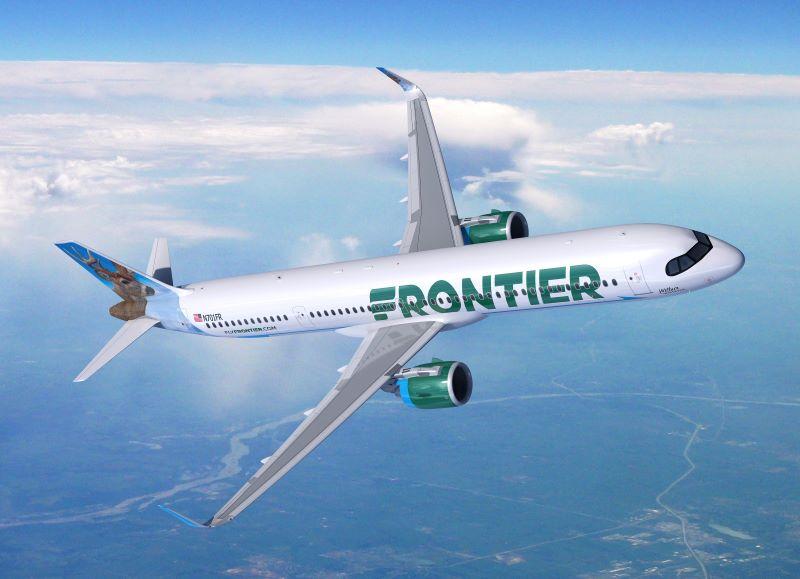
Depiction of Frontier Airlines Airbus A321XLR
Credit: Airbus
Frontier Airlines dropped the Airbus A321XLR from its fleet plan because the aircraft’s performance fell short of the carrier’s expectations. “The operating performance and range of the XLR ended up not being what we had expected,” the airline told Aviation Week after disclosing the move in a second...
Subscription Required
Frontier Airlines, Disappointed By Airbus A321XLR, Drops Model is published in Aviation Daily, an Aviation Week Intelligence Network (AWIN) Market Briefing and is included with your AWIN membership.
Already a member of AWIN or subscribe to Aviation Daily through your company? Login with your existing email and password
Not a member? Learn how to access the market intelligence and data you need to stay abreast of what's happening in the air transport community.





